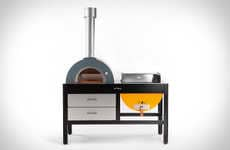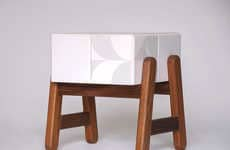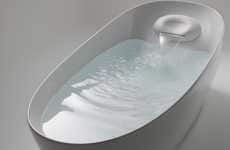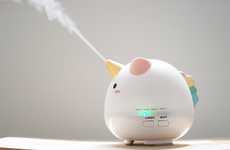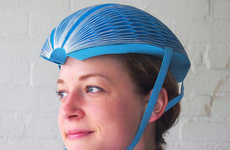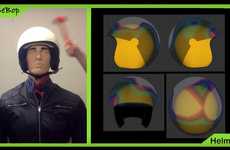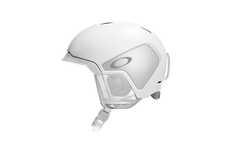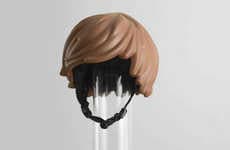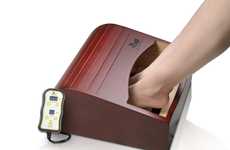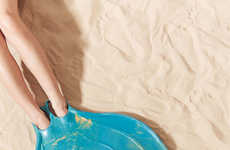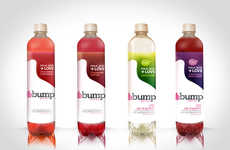
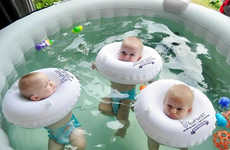


Floatation is becoming a more prominent form of occupational therapy
Using floatation as a form of occupational therapy has been used to positively impact a variety of illnesses and ailments, but for the average consumer its definition is expanding to offer simple, but crucial anti-stress benefits. An added benefit is the accessibility of floatation therapy, however brands are enhancing its experience even further by offering products and services that optimize the practice. With consumers seeking new and unique ways to balance their work lives with their desire to remain healthy, floatation therapy is an advancement of these emerging habits.
Workshop Question - How can your brand cater to consumers' desire for experiences that mitigate the stress in their lives?
Trend Themes
1. Expansion of Floatation Therapy - With consumers seeking new and unique ways to balance work and maintaining a healthy lifestyle, floatation therapy is becoming a more accessible way to alleviate stress and anxiety.
2. At-home Floatation Therapy - Brands such as Toto and Flothetta are beginning to create floatation therapy products and services that can be used from the comfort of one's home.
3. Aromatherapy - More and more people are looking to create their own home spa experiences in order to unwind from stressful weeks, creating demand for products such as the Bath Aroma Momiji.
Industry Implications
1. Wellness and Fitness - Expansion of floatation therapy, at-home floatation therapy and aromatherapy give new opportunities for innovation in wellness and fitness industry.
2. Child Development - The use of flotation devices for infants such as the Baby Buoyancy Spas shows an opportunity for innovation and expansion within the child development industry.
3. Luxury Home Goods - The development of at-home floatation tubs appeals to high-end consumers in Europe, the United States, the Middle East and Asia, creating new opportunities for innovation in luxury home goods industry.



